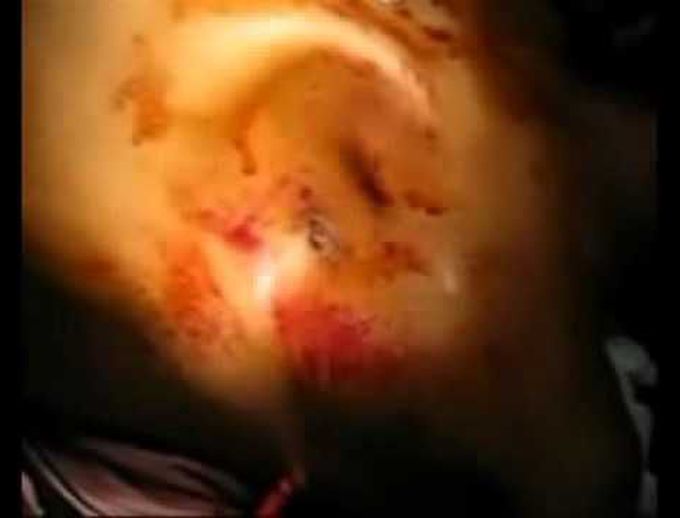


Flail Chest and Paradoxical Breathing
Flail chest occurs secondary to blunt trauma to thorax, resulting in breakage of bones at multiple points, causing it to detach from rib cage. It may also be accompanied by lung contusions. Flail chest may manifest as paradoxical breathing, meaning: - On normal inhalation, diaphragm contracts; intercostal muscles cause the ribcage to move outward to increase intrathoracic space and decrease intrathoracic pressure. However, the flail segment will be pulled in while the rest of the ribcage expands - On normal exhalation, diaphragm relaxes; intercostal muscles pull the ribcage in to decrease the intrathoracic space and increase intrathoracic pressure. However, the flail segment will be pushed out while the rest of the ribcage contracts. Initial management of flail chest is according to ATLS protocol. Effective pain management is imperative to improve ventilation. Mechanical ventilation may be provided; however, early surgical management decreases the need for mechanical ventilation. Source - https://www.youtube.com/watch?v=5QiQj8cBsAA - https://link.springer.com/chapter/10.1007/978-3-030-47404-1_62#citeas


